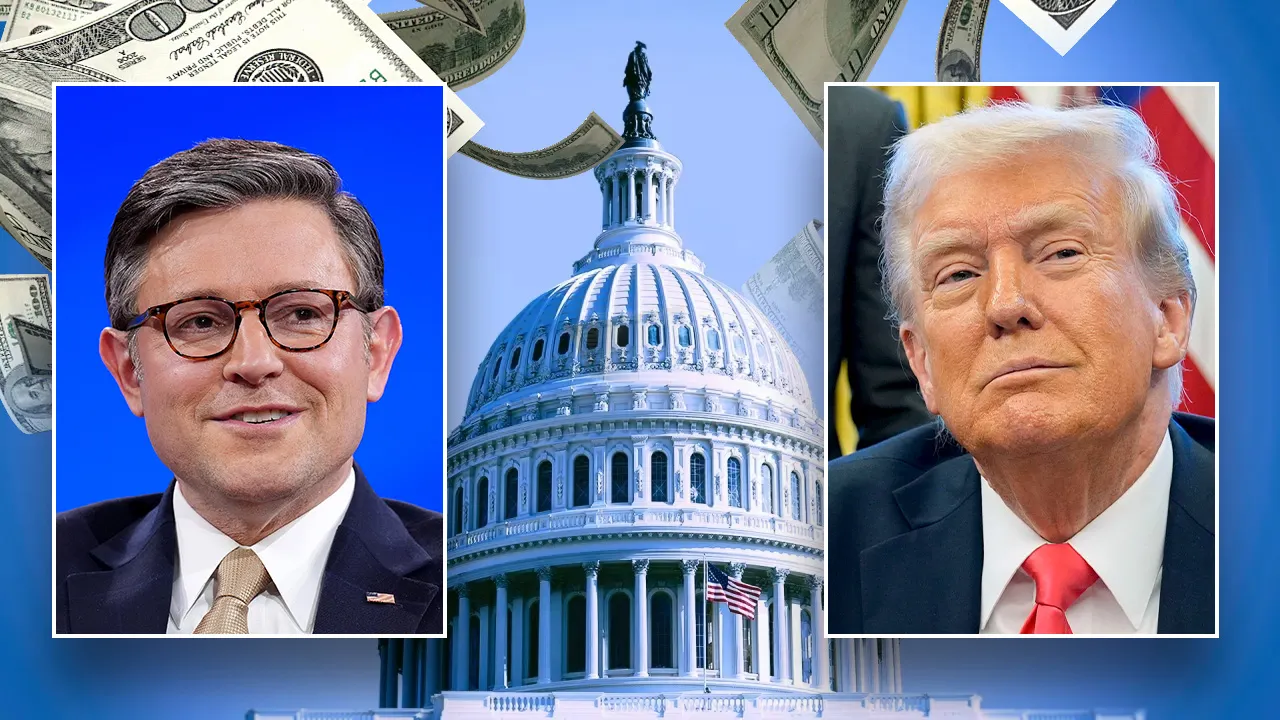Trump crafts plan to fast-track spending cuts as government shutdown looms

The White House has already begun strategizing on how to fulfill its promise to reduce federal spending as a six-month government funding bill heads to Congress. President Donald Trump and Office of Management and Budget (OMB) Director Russell Vought are reportedly working on a plan to impound federal funds that Congress is expected to allocate this week, ahead of the partial government shutdown deadline on March 14.
The Impoundment Control Act of 1974 has been a point of contention, with Trump and his allies arguing that it restricts the president’s powers unconstitutionally. This development sets the stage for a potential legal battle as Democrats vow to challenge any attempts by Trump to bypass Congress on federal spending, possibly leading to a Supreme Court showdown.
As Senate Republicans and Democrats remain deadlocked over a government funding bill known as a continuing resolution (CR), the White House is pushing for a measure that extends FY 2024 funding levels to carry the government through the beginning of FY 2026. This marks the third extension since FY 2024 began, but the first under a fully GOP-controlled Washington. Republicans see the CR as a way to freeze government spending for a year, giving them time to craft conservative spending bills for FY 2026.
House Republicans, led by Trump, worked to secure enough votes for the CR this week. Some conservatives initially hesitated to support the bill, concerned about extending funding from the Biden administration. However, the promise of using Congress’ funding allocations as a ceiling rather than a floor helped sway conservatives.
Several key lawmakers, including Rep. Chip Roy and Rep. Ralph Norman, have expressed support for impoundment, citing the president’s authority to make spending decisions below allocated levels. They argue that the Impoundment Control Act is unconstitutional, and Trump has the right to use impoundment powers.
However, Democrats like Rep. Dan Goldman have condemned the move as illegal and unconstitutional. In the event of legal challenges, House Democrats may file an amicus brief to support congressional power.
In addition to impoundment, Trump’s allies are considering rescission as another tool to reduce spending below the CR’s allocations. Rescission bills would only require a simple majority in the Senate, potentially bypassing the need for Democratic support.
Elon Musk’s Department of Government Efficiency (DOGE) is actively identifying areas for potential spending cuts, which could inform Trump’s decisions on impoundment and rescission. House GOP leadership is said to be discussing these options, with Vice President JD Vance emphasizing the importance of keeping the government open to allow DOGE to work.
While the repeal of the Impoundment Control Act is on the table, it may face challenges in the Senate. Rep. Andrew Clyde has introduced a bill to repeal the act, but it’s uncertain if there will be enough support to pass.
As discussions continue and the CR moves through Congress, the White House is gearing up for potential legal battles over federal spending. Trump and his allies are determined to reduce spending and assert the president’s authority over budget decisions, setting the stage for a contentious debate in the weeks ahead.




